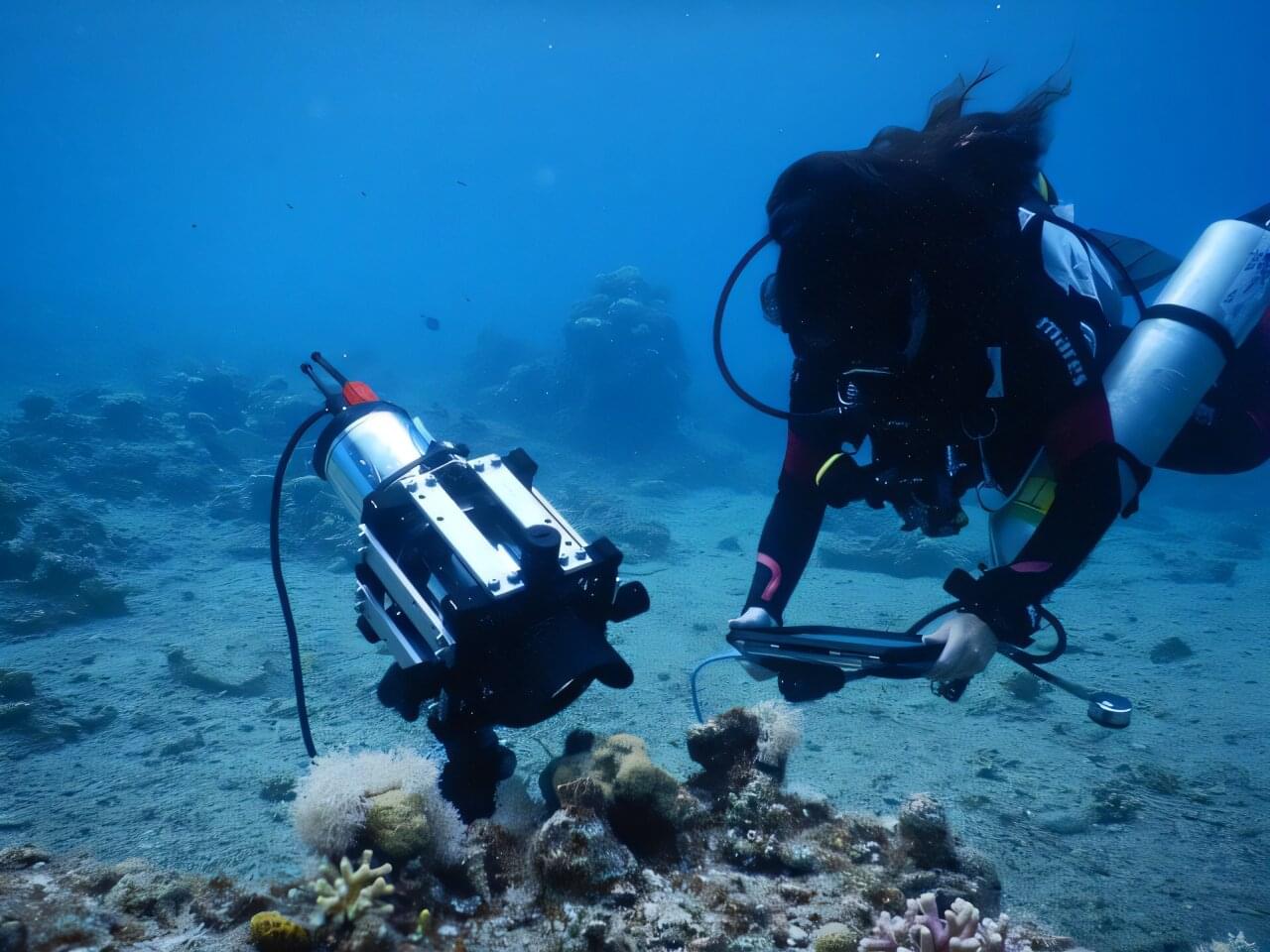Plastics are a prevalent and persistent pollutant in the environment. As plastic production increases, finding ways to degrade these recalcitrant polymers is paramount. Many terrestrial fungi, across the kingdom, degrade various types of plastic. Plastics are the fastest-growing habitat in the oceans, and we hypothesized that fungi isolated from the ocean would demonstrate high success rates in degrading polyurethane (PU). To test this, visual degradation assays were performed by inoculating 1% PU medium with 68 different fungal strains cultured from marine habitats. The area of clearance of the fungus was measured periodically, to determine a relative degradation rate. Of the 68 fungal strains, 42 demonstrated the ability to degrade PU.






